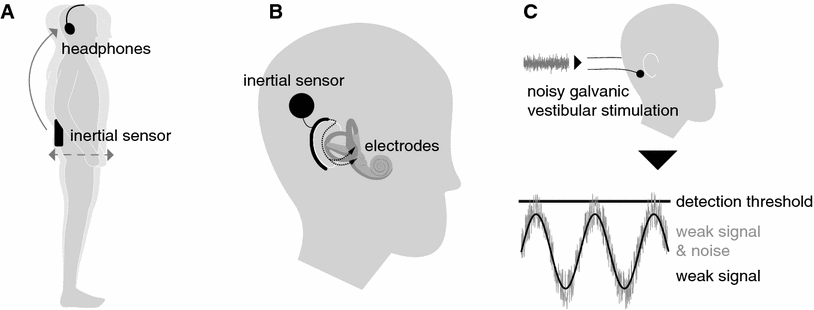CORRELATION BETWEEN GALVANIC VESTIBULAR STIMULATION (GVS) AND DIVIDED ATTENTION

New technological devices also increase individuals’ engagement in the entertainment sphere. Galvanic vestibular stimulation is rapidly gaining popularity in the entertainment area as a controller for people. This is a new concept, which is in the beginning of its investigation. The concept of this device is based on the idea to be connected to human vestibular system
and control their balance, thus potentially being able to move the person.
It can be used to increase engagement while
playing games, for example simulating movements in racing games and in real life.
Thus, such device was in progress of development and it was significant to investigate both positive and negative effects it could have in order to prevent the possible damage that could be done to people. The application of such devices needed deeper research about the relation of the vestibular stimulation and other perceptual and cognitive processes when interacting with advanced immersive media.
The goal of the project was to investigate the correlation between Galvanic Vestibular Stimulation (GVS) and Divided Attention. I was responsible for the research and testing part of the project.
Technological advancement quickly adopts making our daily life easier, changing our everyday habits, and thus transforming our lives. Small devices are cancelling the need of carrying around more devices. Software applications are eliminating the need of hardware pieces, thus transforming the way people spend their time.
